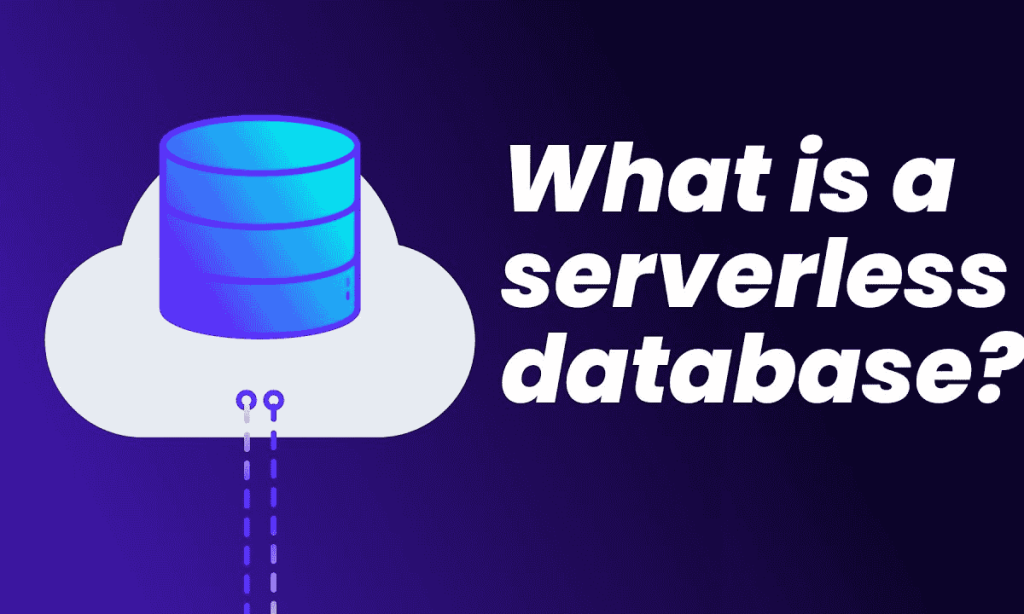
In the evolving world of cloud computing, serverless databases are transforming how developers build and scale applications.
Unlike traditional databases that require manual server provisioning and management, serverless databases automate infrastructure handling, scaling, and performance optimization.
This hands-free approach allows developers to focus entirely on application logic, reducing operational costs and speeding up development cycles.
What Are Serverless Databases?
A serverless database operates in a cloud-based environment where resources automatically scale according to demand. There’s no need for manual configuration or server maintenance — the database adjusts its capacity in real-time based on workload requirements.
Users only pay for what they use, making it an efficient and flexible option for modern applications.
Key Benefits of Serverless Databases
The auto-scaling capability of serverless databases is one of their most powerful advantages. They can seamlessly manage fluctuating workloads and traffic spikes without manual intervention.
Another key benefit is cost efficiency. Since users are charged based on actual usage, idle database costs are drastically minimized.
Additionally, serverless databases are maintenance-free, meaning tasks like patching, backups, and provisioning are handled automatically. This makes them ideal for businesses looking to simplify operations and reduce administrative effort.
Common Use Cases
Serverless databases are particularly beneficial for event-driven applications, IoT systems, and real-time analytics platforms, where workloads can vary unpredictably.
Startups and developers often rely on them to build scalable web and mobile applications without the burden of infrastructure management.
Conclusion
Serverless databases represent the future of agile and efficient data management. By removing the need for manual server management, they offer scalability, cost savings, and operational simplicity — all while improving performance and reliability.
As cloud computing continues to evolve, serverless databases will remain at the forefront of innovation, empowering developers to create faster, smarter, and more dynamic data-driven applications.
